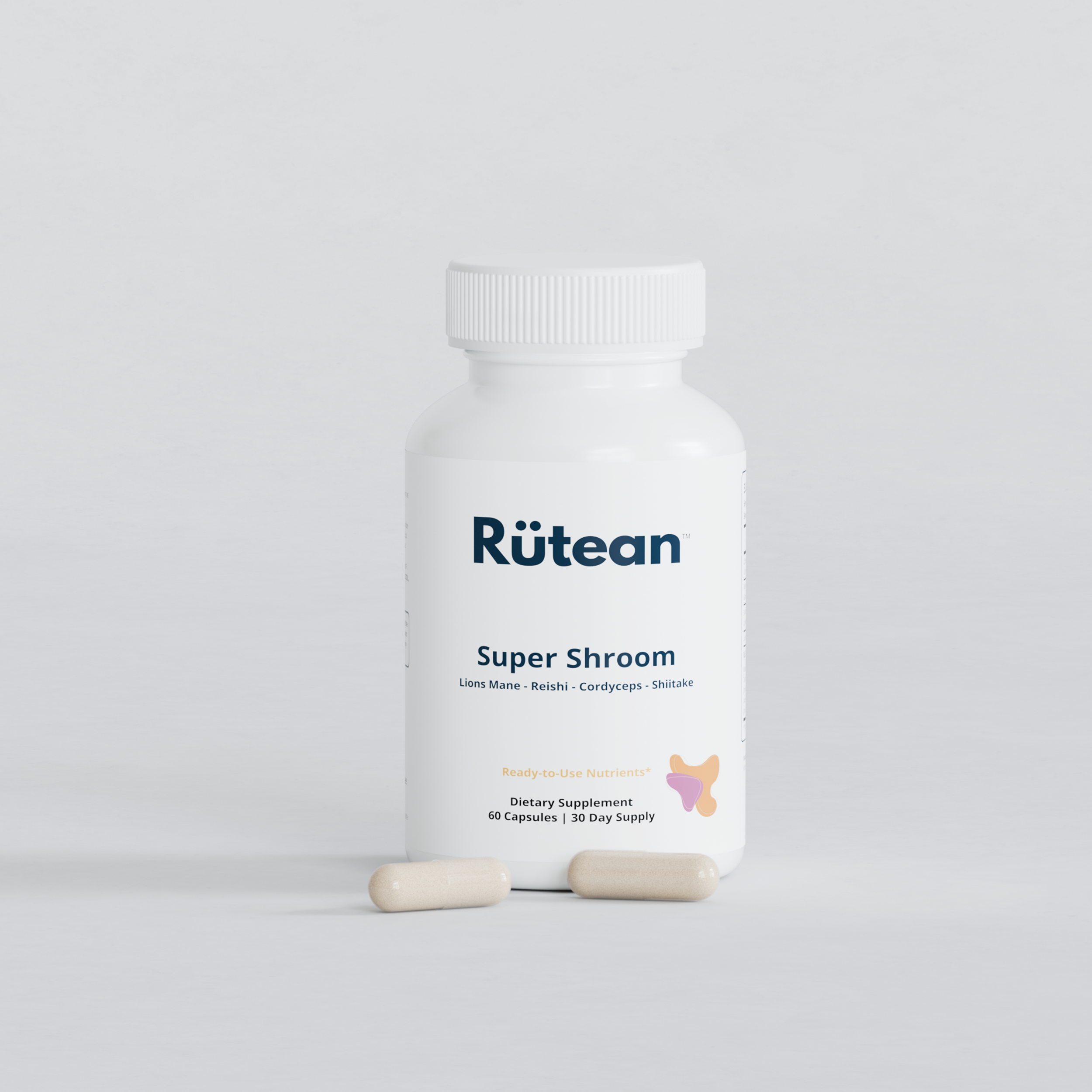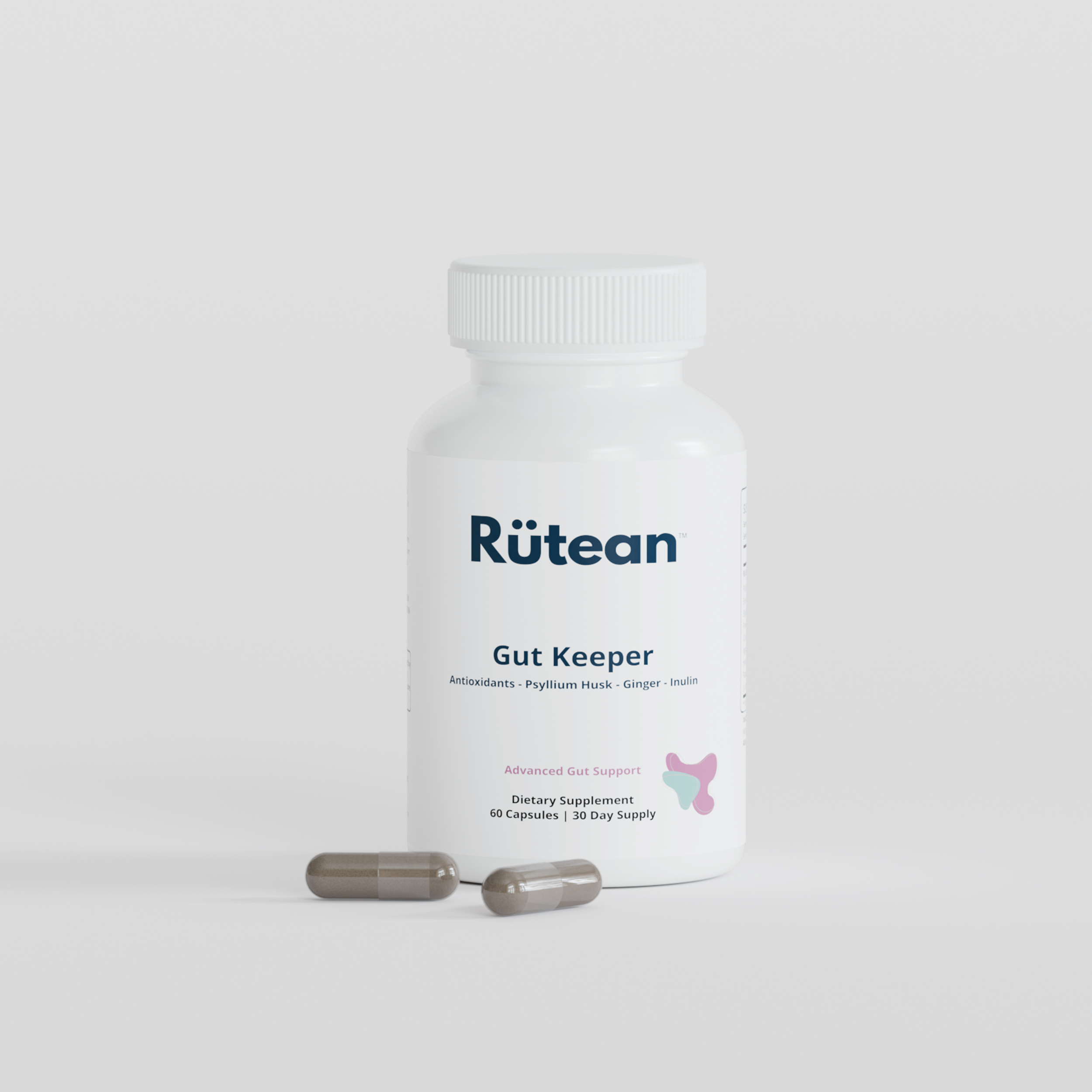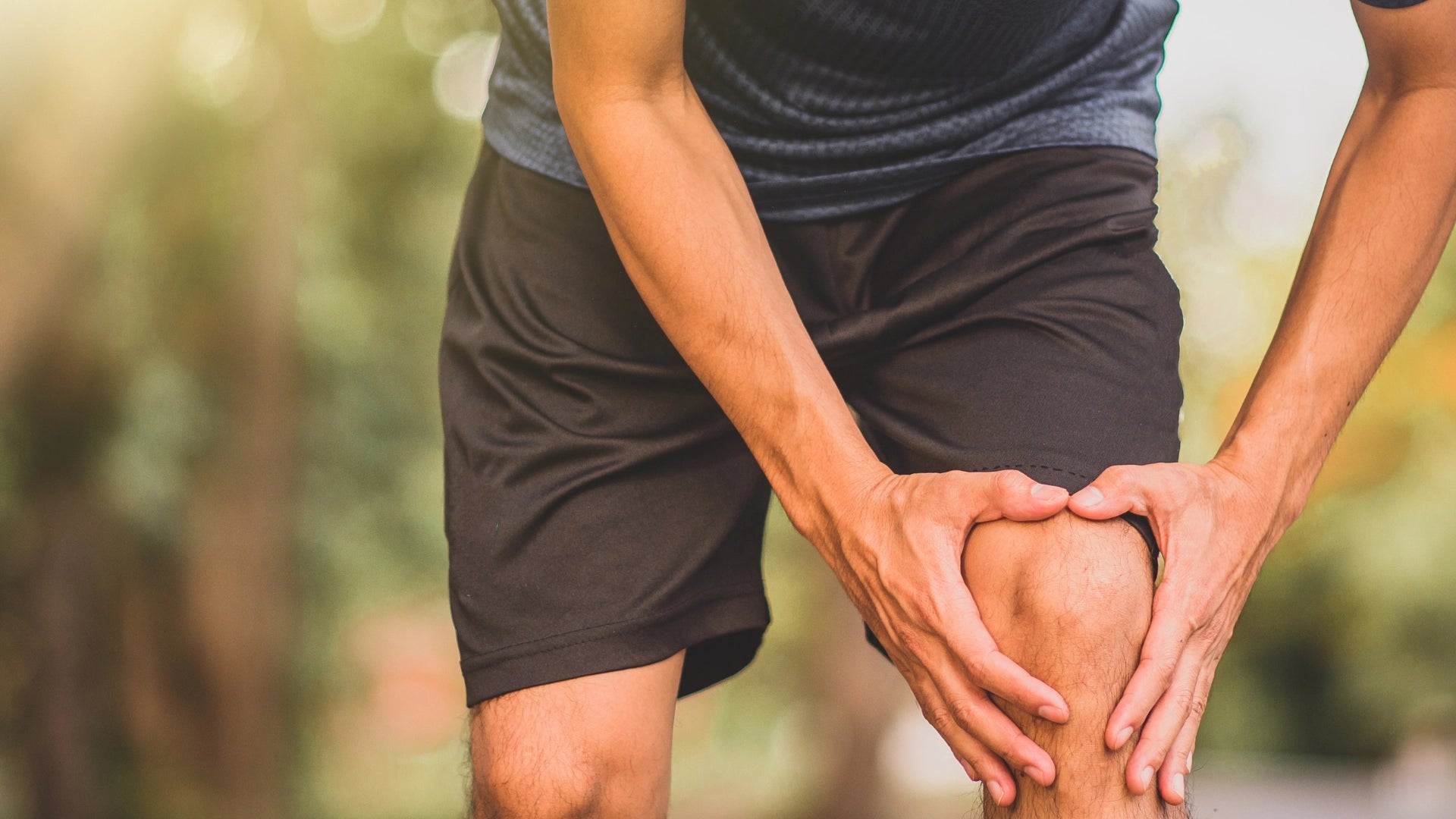In the orchestra of our bodies, joints are the unsung heroes that keep us moving smoothly and freely. These vital connections between our bones often go unnoticed, until one day, we feel a nagging ache, a grating stiffness, or a pesky "creak" that wasn't there before. What does science tell us about these crucial parts of our bodies, and how can we preserve their health? Let's dive in and unlock these secrets.
Understanding Joints: The Mechanism of Movement
Our bodies host an intricate network of joints, functioning as the meeting points between bones. With various types ranging from the immovable joints in our skull to the freely moveable joints like our knees and elbows, each plays a distinct role. Imagine your joints as the hinges on a door. When they're in top condition, we move through our daily lives without a second thought. However, like a squeaky door hinge, when our joints begin to deteriorate, their critical function becomes all too clear.
The Science Behind Joint Deterioration: An Inside Look
So, why do our joints start to "creak" and ache? It all comes down to the structure and composition of the joint itself. Each joint in our body consists of a symphony of components – cartilage, synovial fluid, connective tissue, and more. Cartilage serves as a cushion, preventing our bones from grinding against each other. Meanwhile, the synovial fluid acts as the body's natural lubricant, allowing bones to glide smoothly as we move. However, as we age or experience injury, this harmonious system can falter. The cartilage can wear thin, synovial fluid may reduce, and inflammation can set in, leading to conditions like osteoarthritis and rheumatoid arthritis[1]
Taking Charge: Ways to Support Joint Health
Now that we understand the causes of joint deterioration, what proactive steps can we take to support joint health? First and foremost, leading an active lifestyle is key. Regular movement, whether it's walking, yoga, or weight lifting, keeps our joints flexible and strong [2].
Alongside physical activity, diet plays a pivotal role. A balanced diet rich in nutrients like omega-3 fatty acids, vitamin D, and calcium can support joint and bone health [3]. Omega-3 fatty acids, found in fish, walnuts, and flaxseeds, have anti-inflammatory properties that can alleviate joint pain. Vitamin D, derived from sunlight and foods like fatty fish and fortified dairy products, aids in calcium absorption, a vital mineral for bone strength [4].
Supplementing for Success: Boosting Your Joint Health Regimen
In addition to a healthy lifestyle and balanced diet, supplements can offer an additional level of support for joint health. For instance, glucosamine and chondroitin, two substances naturally found in cartilage, have been shown to help maintain cartilage integrity and potentially slow joint degradation when taken as supplements [5]. At Rütean, we've carefully formulated our Joint Health Supplement to include these two potent ingredients, in addition to a powerful blend of Turmeric, Boswellia, MSM, Bromelain, Methionine, Quercetin. Each of these components carries unique benefits: Turmeric, a natural anti-inflammatory compound, can help relieve joint discomfort [6]; Boswellia, known for its powerful anti-inflammatory effects, has been shown to support joint mobility and reduce pain [7]; MSM, or Methylsulfonylmethane, has been shown to reduce inflammation and pain in joints, especially when combined with glucosamine and chondroitin [8]; Quercetin, a plant pigment found in many fruits and vegetables, has anti-inflammatory and antioxidant properties that can reduce inflammation in the joints [9].
Conclusion: Taking Care of Your Joints - A Life-Long Investment
In the grand scheme of our health, taking care of our joints is a long-term investment that pays off in dividends. Understanding the science behind joint health empowers us to take proactive measures to support our mobility and overall well-being. From maintaining an active lifestyle and eating a nutrient-rich diet to considering supportive supplements, we can all take steps today to keep our joints healthy.
References
1- Loeser RF, Goldring SR, Scanzello CR, and Goldring MB. Osteoarthritis: a disease of the joint as an organ. 2012; 64(6):1697-1707
2- Barbour KE, Hootman JM, Murphy LB, and Helmick CG. The Importance of Physical Activity in the Prevention of Osteoarthritis. (Hoboken) 2014; 66(7): 1092-102
3- Calder PC in Biochem Soc Trans.Omega-3 Fatty acids and inflammatory processes: from molecules to man. 2017; 45(5): 1105-1115
4 - Girgis CM, Clifton-Bligh RJ, Hamrick MW, Holick MF, and Gunton JE. Vitamin D and Its Role in Skeletal Muscle. 2013; 92(2): 151-162
5- McAlindon TE, LaValley MP, Gulin JP, Felson DT. Glucosamine and chondroitin for treatment of osteoarthritis: a systematic quality assessment and meta-analysis. 2000;283(11):1469-75
6- Daily JW, Yang M, Park S. Efficacy of Turmeric Extracts and Curcumin for Alleviating the Symptoms of Joint Arthritis: A Systematic Review and Meta-Analysis of Randomized Clinical Trials. 2016;19(8):717-29
7- Siddiqui MZ. Boswellia serrata, a potential anti-inflammatory agent: an overview. 2011;73(3):255-61
8- Kim LS, Axelrod LJ, Howard P, Buratovich N, Waters RF. Efficacy of methylsulfonylmethane (MSM) in osteoarthritis pain of the knee: a pilot clinical trial. 2006;14(3):286-94
9- Mlcek J, Jurikova T, Skrovankova S, Sochor J. Quercetin and Its Anti-Allergic Immune Response. 2016;21(5):623



